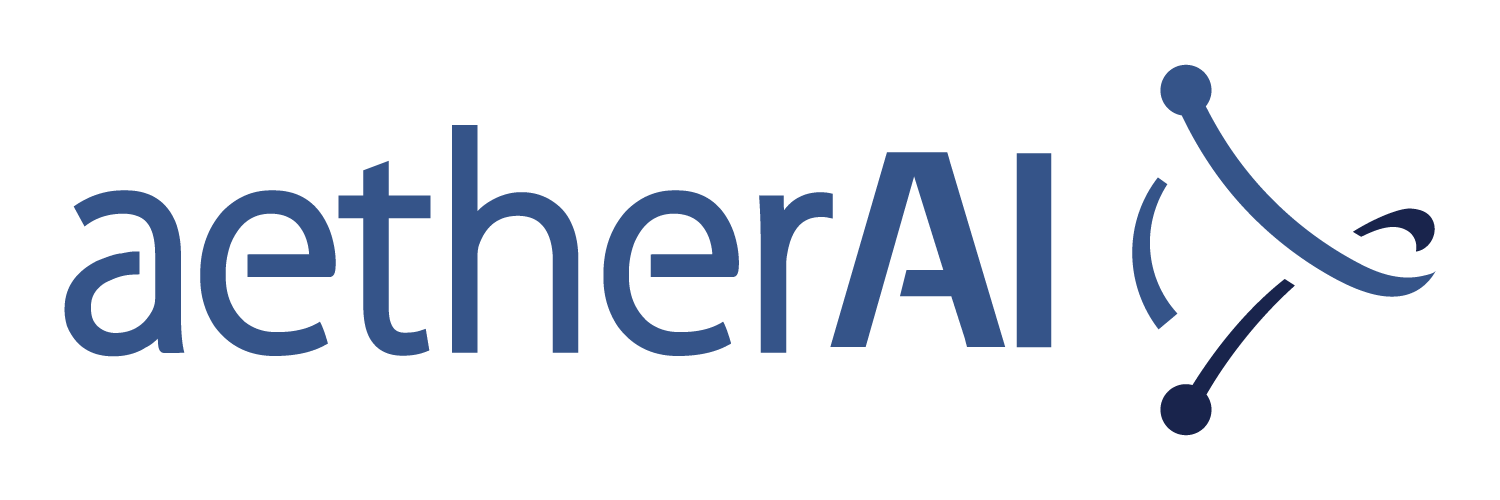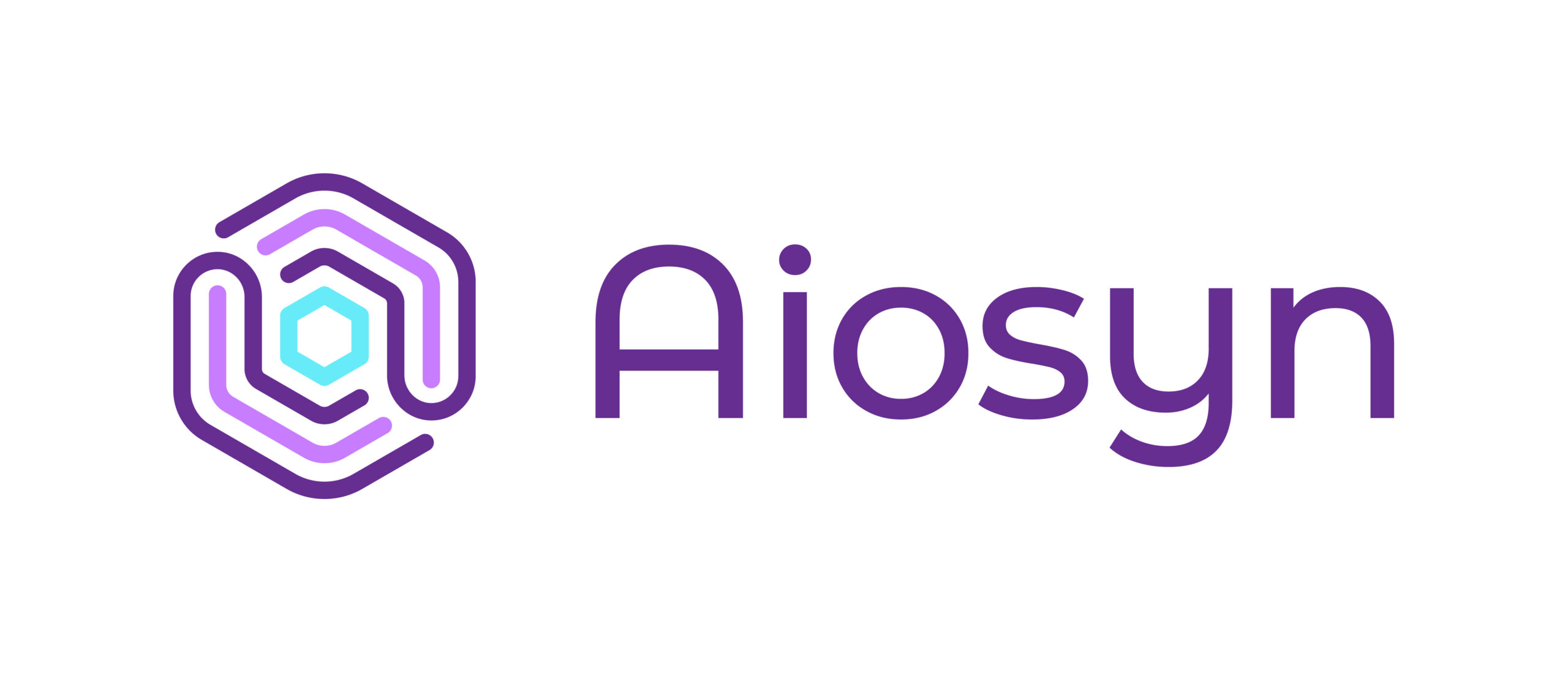By Hamid Tabatabaie, Founder and CEO, lifeIMAGE. Courtesy of HealthImaging.com
Short and to the point piece from Founder and CEO on value proposition for giving patients control of their images. In short, as the saying goes, a picture is worth a thousand words. With the medical history in conjunction with medical images, better decisions can be made. This of course has huge implications on many fronts for surgical pathology. Namely, as another saying goes, the tissue is the issue. A pathology report to another provider, sub-specialist for second opinion or consultation without access to the images, derived from the slides via whole slide imaging is inferior to the images themselves to confirm a diagnosis or suggest other possibilities in the differential diagnosis that may impact treatment, management and outcomes – increasingly important in health exchanges. Much like the Airlines vs. Healthcare argument previously, interoperability here will be key across integrated healthcare delivery systems and their proprietary networks of data.
Some may value the question of patient accessible images but with patient portals on the rise for other health maintenance records and treatment records, why not, along with ultrasound videos, EKGs in PDF format, lab data and clinical notes, why not whole slide images?

Online access to medical imaging information makes it convenient and practical for patients to share results of exams with specialists and sub-specialists for second opinion and consultation. Imaging plays a significant role in diagnosis and treatment planning. Often, providers make better decisions when they have access to patients’ imaging history.
Patients with critical or chronic conditions, and their loved ones, regularly find themselves in need for advice on important decisions about their health. Having control of their medical images makes it more practical for patients to seek and receive vital advice on potential alternative therapies or options that best fit them. Enabling patients to receive and share results of imaging exams empowers patients to be truly engaged in and actively participate in decisions about their health.Also, today patients are tasked with transporting CDs and DVDs of their imaging data to various providers. The physical media can be lost, forgotten, damaged in transit, and often use viewers that are unfamiliar and difficult for physicians to use. The more complicated and cumbersome it is for providers to access patients’ imaging histories, the more likely it is for them to order duplicative exams and for patients to face delays in care and be exposed to excessive radiation. Patients with online access to their imaging history can help ensure continuity of care, even when their providers are not “connected.” Online access will allow patients to play a role in avoiding costly and harmful redundant testing. Last but not least, with the rise of value-based insurance plans and accountable care organizations, clinical and financial interests are well aligned in avoiding expensive and unnecessary exams. With online access to images, patients as well as providers can be armed with the tools required to avoid the expense or the undesired co-pay.
About the author: Hamid Tabatabaie is founder & CEO of lifeIMAGE.

































